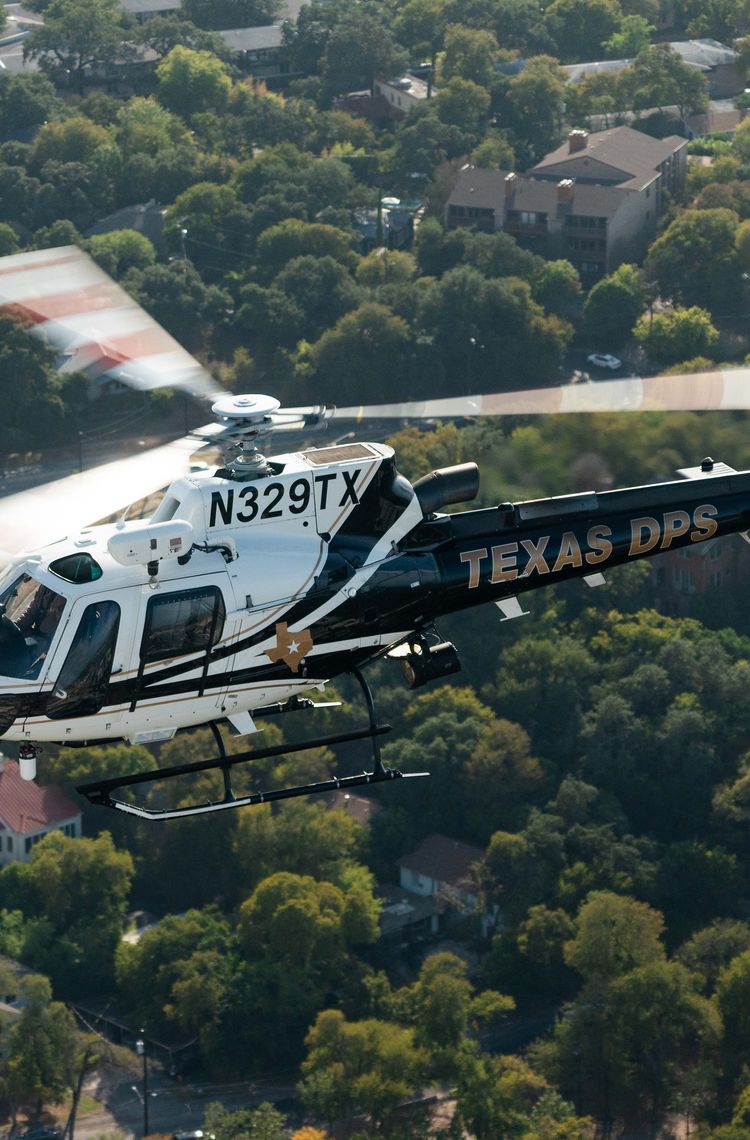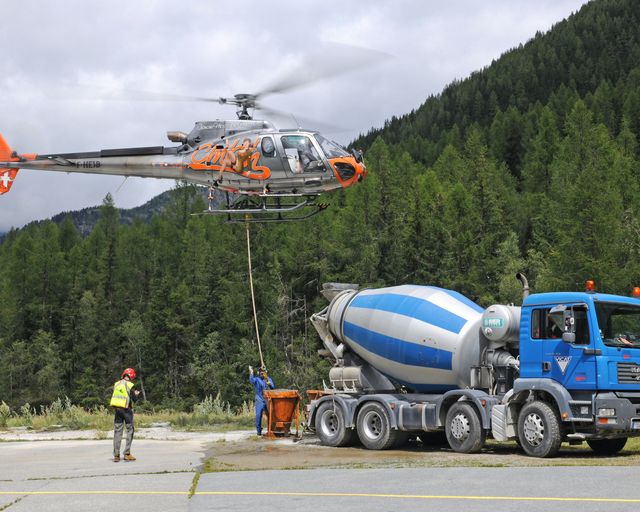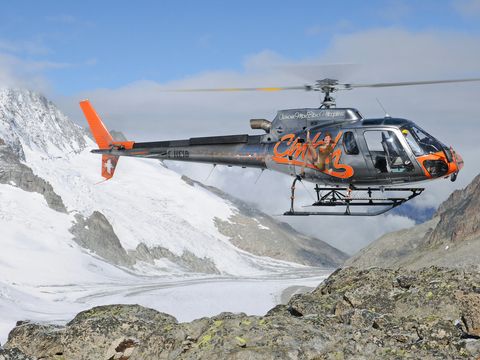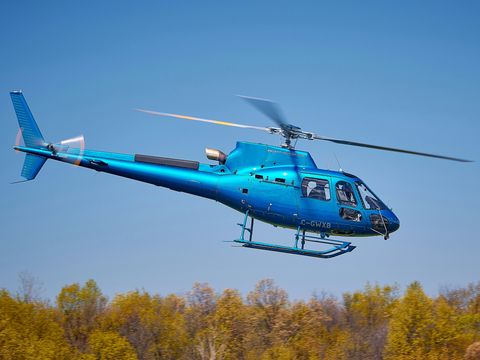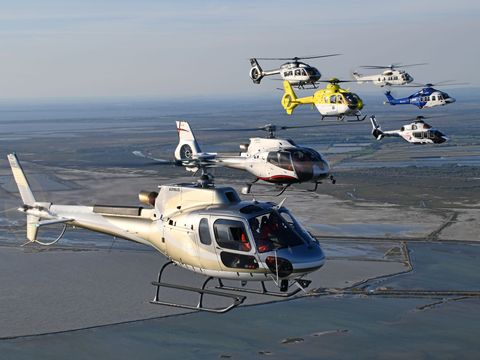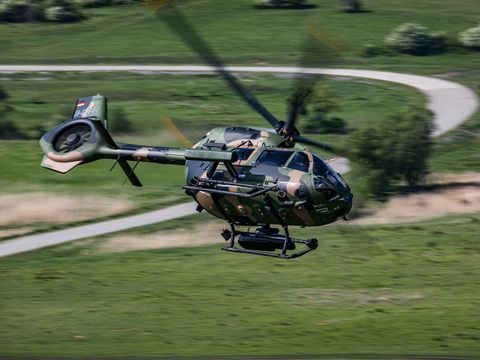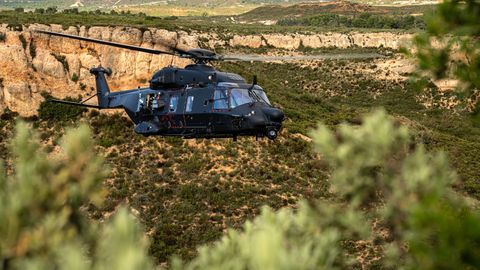Backed by experience
The H125 is a member of Airbus’ rugged and proven Ecureuil family. Over 7,200 members of the Ecureuil family (AS350, AS355, AS550, AS555, H125, H125M, EC130, H130) have been delivered in 137 countries to more than 2,600 operators. Together, these rotorcraft have accumulated more than 40 million flight hours.


Enhanced safety
The H125 provides enhanced safety and reduced workload for pilots with its touchscreen glass cockpit instrument panel, which incorporates the Garmin G500H TXi avionics suite and Vehicle & Engine Multifunction Display (VEMD) developed for Airbus. The VEMD enables pilots to monitor the main vehicle and engine parameters at a glance. The helicopter’s wireless connection automatically transfers flight data at the end of each flight.
In addition, the baseline H125 is now equipped with a crash-resistant fuel system fully compliant with Part 27.952 crashworthiness guidelines for swing load operations.
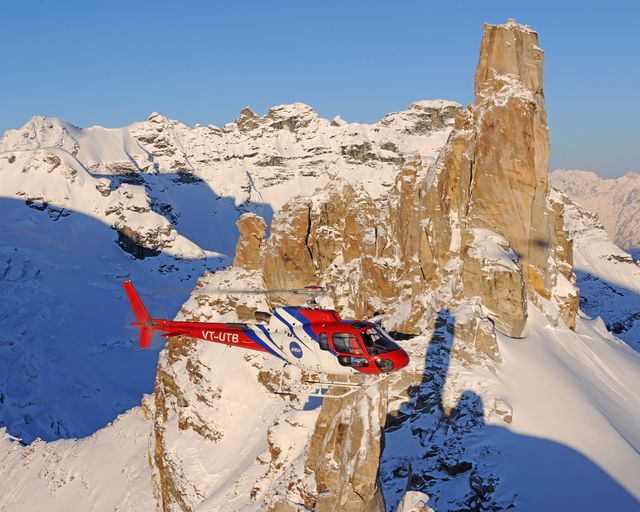

A proven track record
The H125 is a member of Airbus’ rugged and proven Ecureuil family. Over 7,200 members of the Ecureuil family (AS350, AS355, AS550, AS555, H125, H125M, EC130, H130) have been delivered in 137 countries to more than 2,600 operators. Together, these rotorcraft have accumulated more than 40 million flight hours. The H125 continues as the undisputed leader in its class for 30 years.
Some 4,200 rotorcraft in this series currently are in service worldwide (of which close to 1,500 are the H125/AS350 B3e versions), and they primarily are used for high-performance missions in high and hot conditions.
World-record holder
The H125-series helicopters have broken world records throughout their career. In 2005, the AS350 B3 set the world record for the highest-altitude landing and takeoff, performed on Mount Everest at 8,848 metres (29,029 feet) – a title still held today. In May 2013, the AS350 B3 performed the world's highest long-line rescue operation on Lhotse, the world's fourth highest mountain, located in the Himalayas at 7,800 metres (25,590 feet).
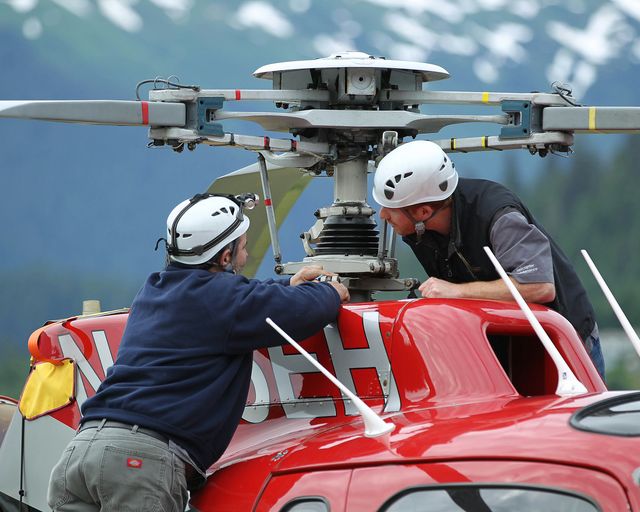

Supported by Airbus’ global network
Wherever customers operate, a member of Airbus’ worldwide service network is nearby to provide the support needed to keep their H125s flying.
- This network includes:
30 customer centres and affiliate sites
More than 100 distributors, representatives, training centres, repair and maintenance centres
10 logistics hubs in France, Germany, the United States, Hong Kong and elsewhere
The latest on the H125
In the spotlight
-

Airbus H125 continues to meet growing Nordic demand with 10-unit order from Østnes…
Press Release
Helicopters
Airbus and Østnes Helicopters announced a contract for 10 Airbus H125s at European Rotors 2025. -
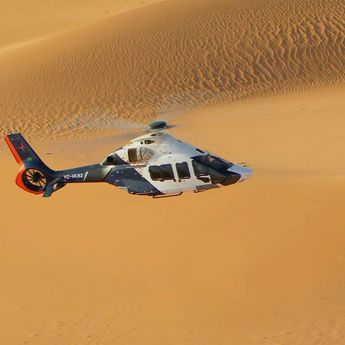
THC's strategic choice: Operating the Airbus H125, H145, and ACH160
Web Story
Helicopters
-
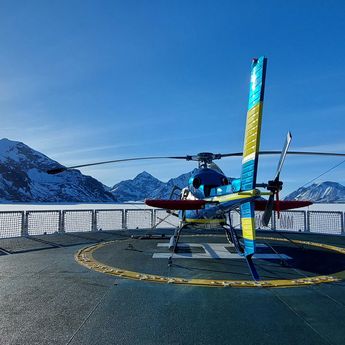
Battling the cold with the Airbus H125
Web Story
Helicopters
-
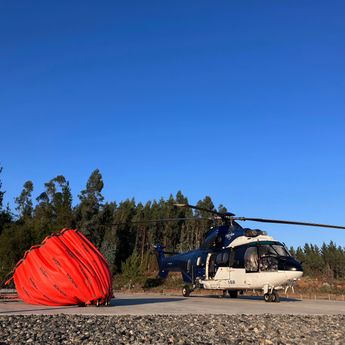
Send in the Super Puma for aerial firefighting operations
Web Story
Helicopters
-
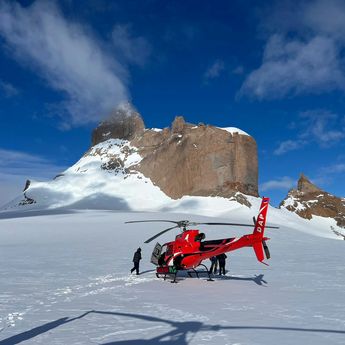
Scientific research in Antarctica with the Airbus H125
Web Story
Helicopters
